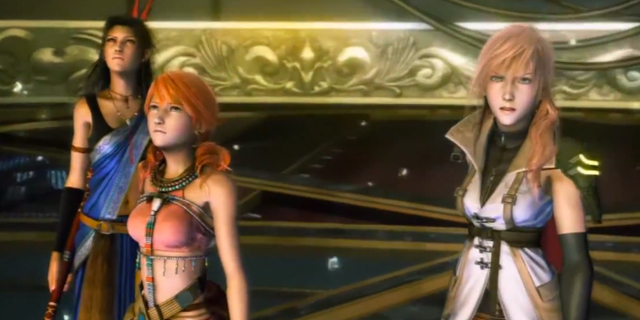
There are more than a few reasons why you won’t find me reviewing games for Snackbar anytime soon. Besides the fact that we already have an excellent review staff, I simply can’t be objective enough to calmly rationalize why a game is good and why it’s bad based purely on design. I’m too emotional.
I’ll overstate how awesome I thought one cutscene was, and give the game an incredible score that doesn’t reflect the quality of the entire product. If you saw my list of games that I’ve beat and ranked, you’d say I was crazy. I have Final Fantasy XIII ranked higher than Fallout 3. I have BioShock 2 ahead of the original. I have Mirror’s Edge ahead of The Wind Waker, Enslaved ahead of Metal Gear Solid 3 and Blue Dragon ahead of Tales of Symphonia. I’m susceptible entirely to how I felt about a game, rather than the core criteria a reviewer should look at and the rational thinking a critic should possess. READ MORE
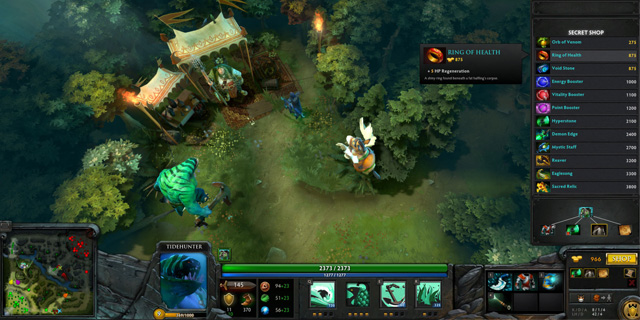
People sometimes ask me why, at my age, I still play video games frequently. When they ask this, they’re genuinely interested; we’re approaching a point now where it’s sort of silly to completely scoff at a hobby played by hundreds of millions of people around the world everyday. So without a hint of malice, they are keen to know why somebody would spend not a small amount of time invested in something that “isn’t real” or “just a game.” It’s a legitimate question. READ MORE
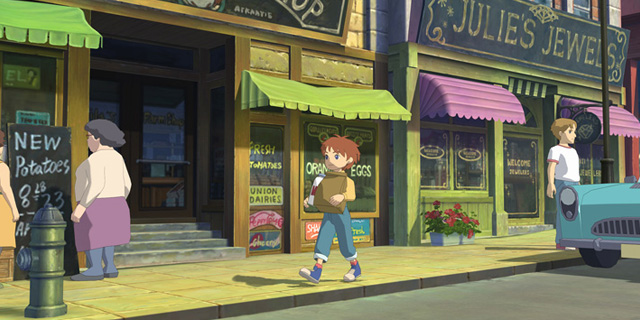
“Study history, study history. In history lies all the secrets of statecraft.”
These are wise words, but I doubt Winston Churchill intended for this statement to apply to electronic games. Yet the industry would be wise to heed his words. To ignore them would be to fall into the same pit that so many developers foolishly dropped into. How can you make a good game if you don’t know what makes a good game? Besides the rich history of existing games to draw upon, they also have to be well-versed in what video game enthusiasts will and won’t pay for. Trends are important, but not as important as history. Our behavior is predictable; this is one of the reasons we see so many sequels year after year. Isn’t that learning from history? READ MORE
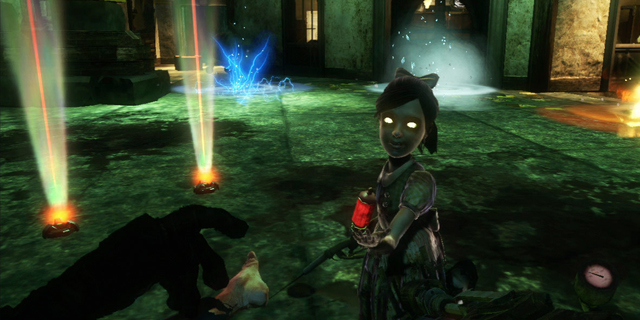
Any gamers worth their salt will scoff at the notion that graphics are the most important part of a game. Many of us grew up on the older systems: Atari, NES and the like. Even at the time, we knew the graphics weren’t the most amazing thing ever. They were, at the time, but we knew that things could get better.
Graphics are important. They can affect us emotionally in the same way that characters, storytelling and music can. They pretty much have to; you can’t taste a video game, nor can you touch or smell it. You can’t feel it physically. It’s merely graphics and audio and your input changing them, so it’s not a surprise that one of the most beautiful moments I’ve ever seen in a game is almost purely due to graphics. Not just that; anything this affecting has to come from more than photorealistic models and dynamic lighting effects. It is a scene made possible by two games’ worth of storytelling. It is a result of dozens of hours of curiosity, perseverance, appreciation, fear and wonder. It is my favorite moment of the BioShock series, and it comes in the form of you playing as a Little Sister in BioShock 2. READ MORE
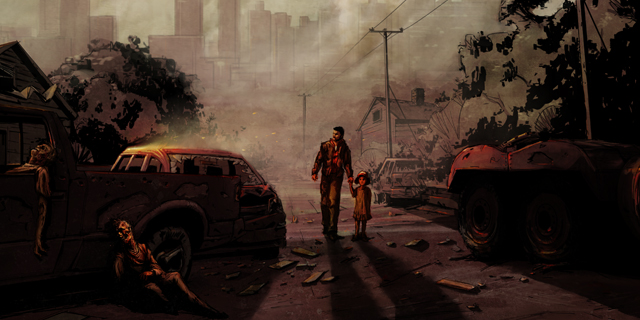
The goal of the Serotonin column is to write about how games make us feel. I draw upon my relatively extensive experience playing games over the years and try to find good examples that will show that video games are more than just brainless, immature forms of entertainment. They have to be. Too many smart people play them, too many passionate people are involved making them and too many industrious, eager, educated, wild, thoughtful and persistent people talk about them with just as much enthusiasm as fans of books, movies, theater, sports, television, music and art. READ MORE
























